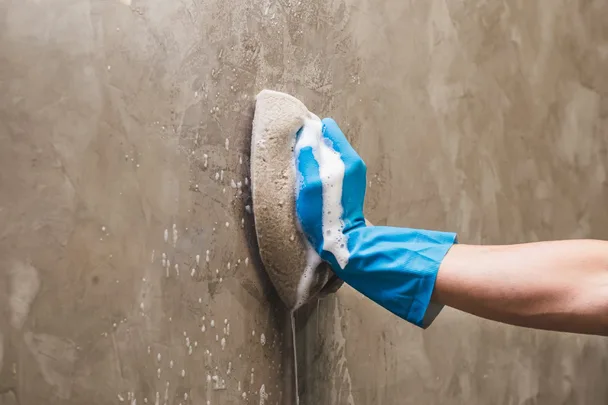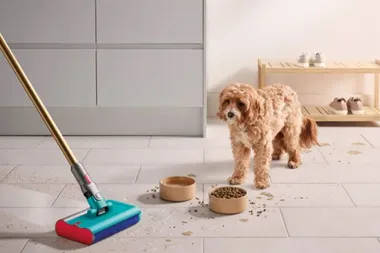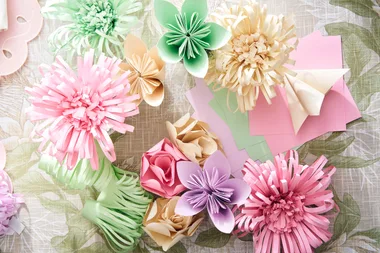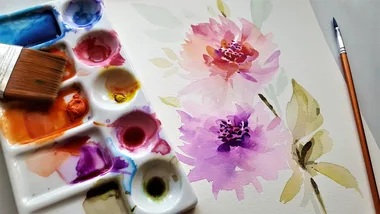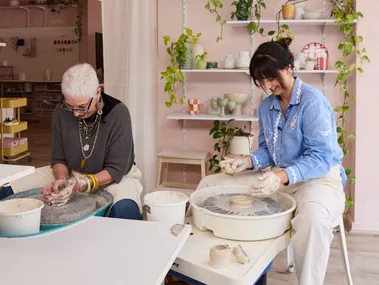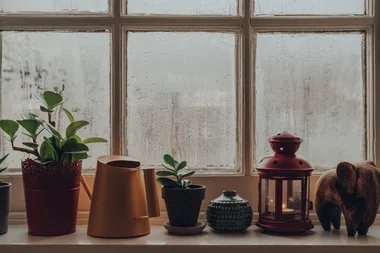There’s a lot of talk about black mould being toxic – which it can be. But not all black mould is dangerous.
Looking for ways to remove mould?
John Liddell, Managing Director of The Mould Doctor, says, “There are over 100,000 different types of mould. Not all types of mould are a threat, some are fairly benign, and some even have medicinal uses.”
He adds: “Penicillium is used in the production of penicillin, an antibiotic commonly prescribed to cure strep throat, bronchitis, and other forms of infection.”
The problem is that it’s tough to identify different mould types unless you are a professional.
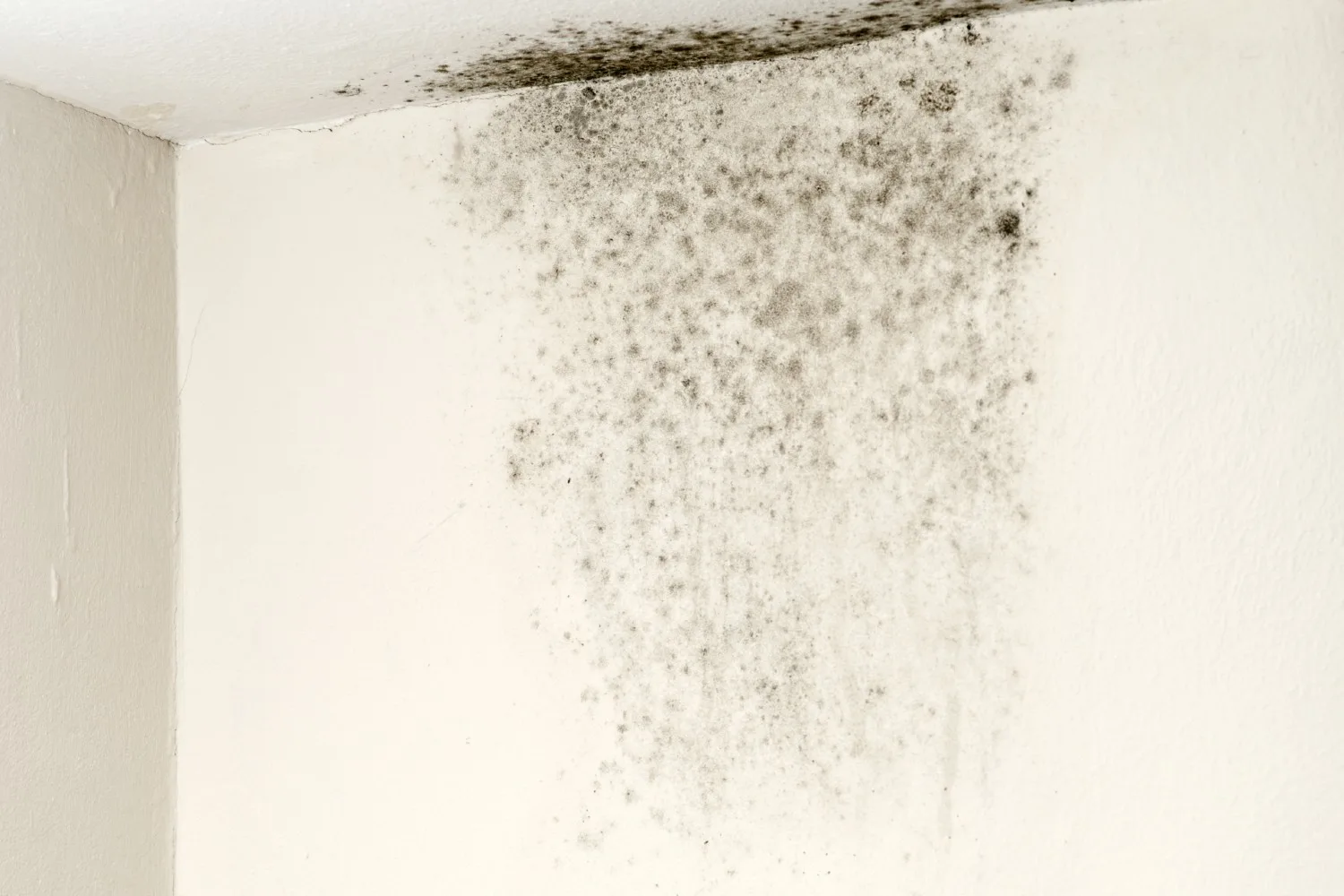
Lucinda Curran is an Indoor Environmental Health Consultant. She says, “There is a lot of alarm around, ‘black mould.’”
“This particular mould is Stachybotrys chartarum, and it is known to have devastating effects on health, especially in those sensitive or sensitised to it,’ says Lucinda.
While some species of black mould are toxic, Lucinda says others can be equally problematic, depending on the individual.
“People can become sensitised to a particular genus or species of mould,” says Lucinda. “This often occurs through repeated exposure to it. For instance, living or working in a mouldy environment. Eventually, the person can begin to react to that particular genus or species of mould.”
Speaking from personal experience, Lucinda says, “I have become very sensitive to specific genera of moulds due to the number of mould assessments I’ve done.”
If you are concerned about your health, you should chat with your doctor or another health professional.
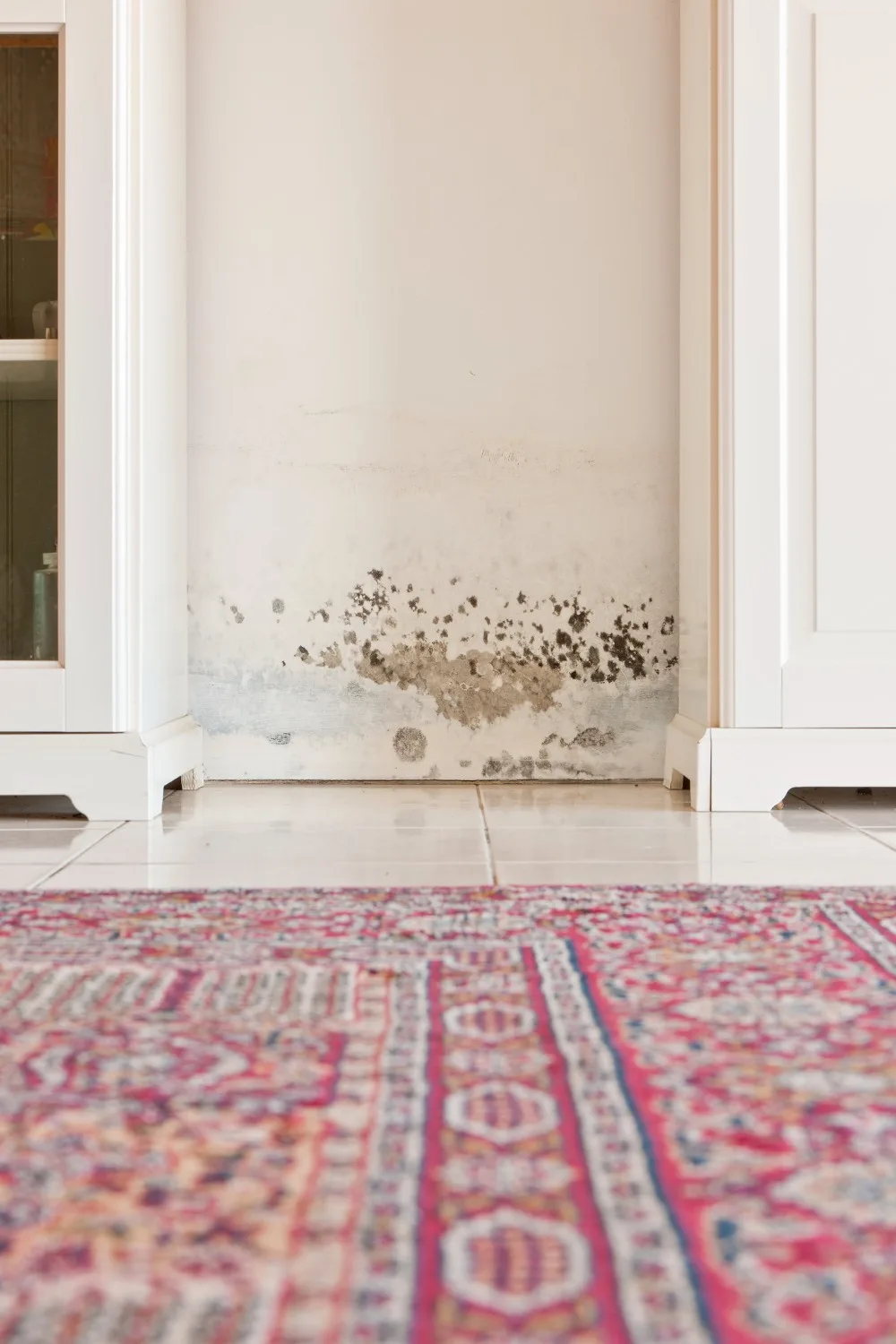
How do you know if black mould is toxic?
There are two types of toxic mould: Stachybotrys and Memnoniella. The most common type of toxic mould in homes is Stachybotrys, which needs a direct water source to grow.
Unless you’re a professional, it’s impossible to tell if the mould growing in your home is toxic.
“Identifying mould is a specialist area,” says Lucinda. “Mould is examined under a microscope by mycologists. In my line of work, unless it has been sampled and sent to a lab for analysis, something that looks like mould is called “suspected visible mould.”
The semi-good news is if you have toxic mould in your home, “their spores are unlikely to travel far.”
“The spores of Stachybotrys chartarum are quite sticky, which means they often clump together. Their spores are unlikely to travel far through the air because they are heavy,” says Lucinda.
“That said, it can spread – but it won’t go from one end of the house to the other in a short space of time without some sort of help.”
If you discover a large amount of mould growth in your home, you should call a professional mould removal company to inspect the area and determine if your home requires treatment.
You might also like:
How to make a natural mould remover spray
The most common mistake people make when removing mould
